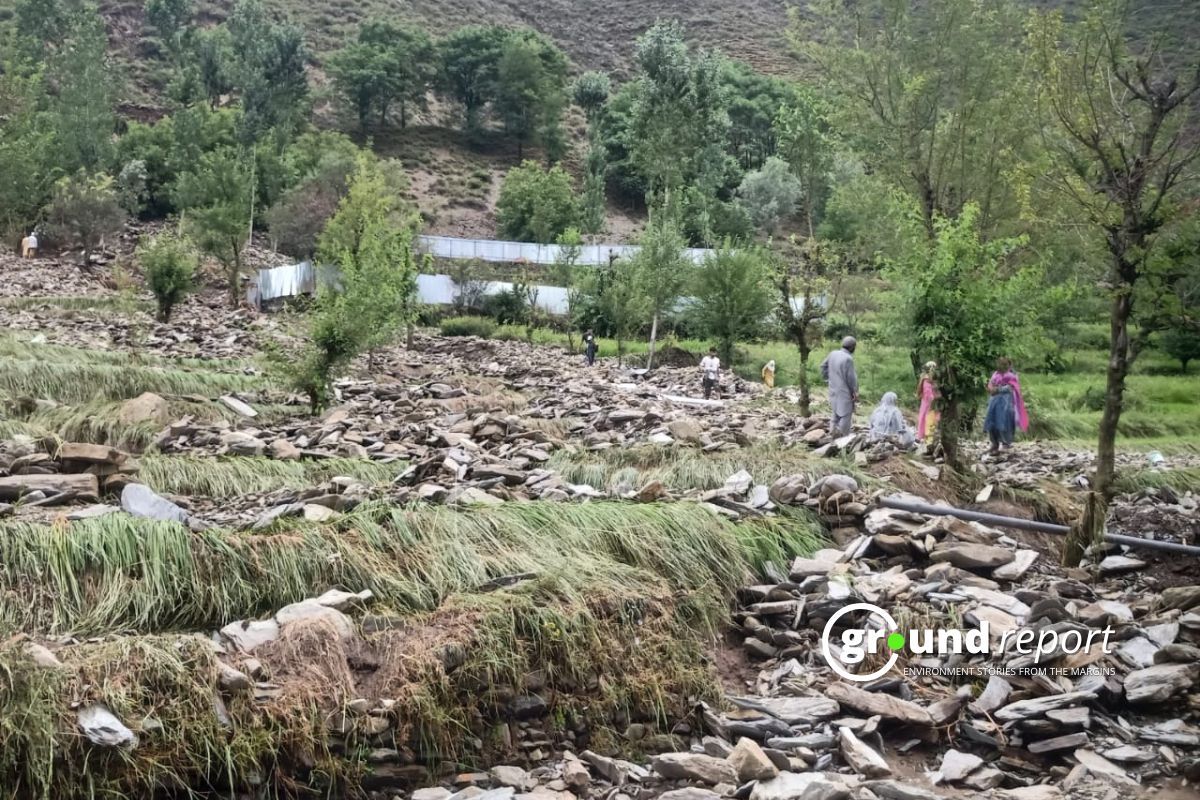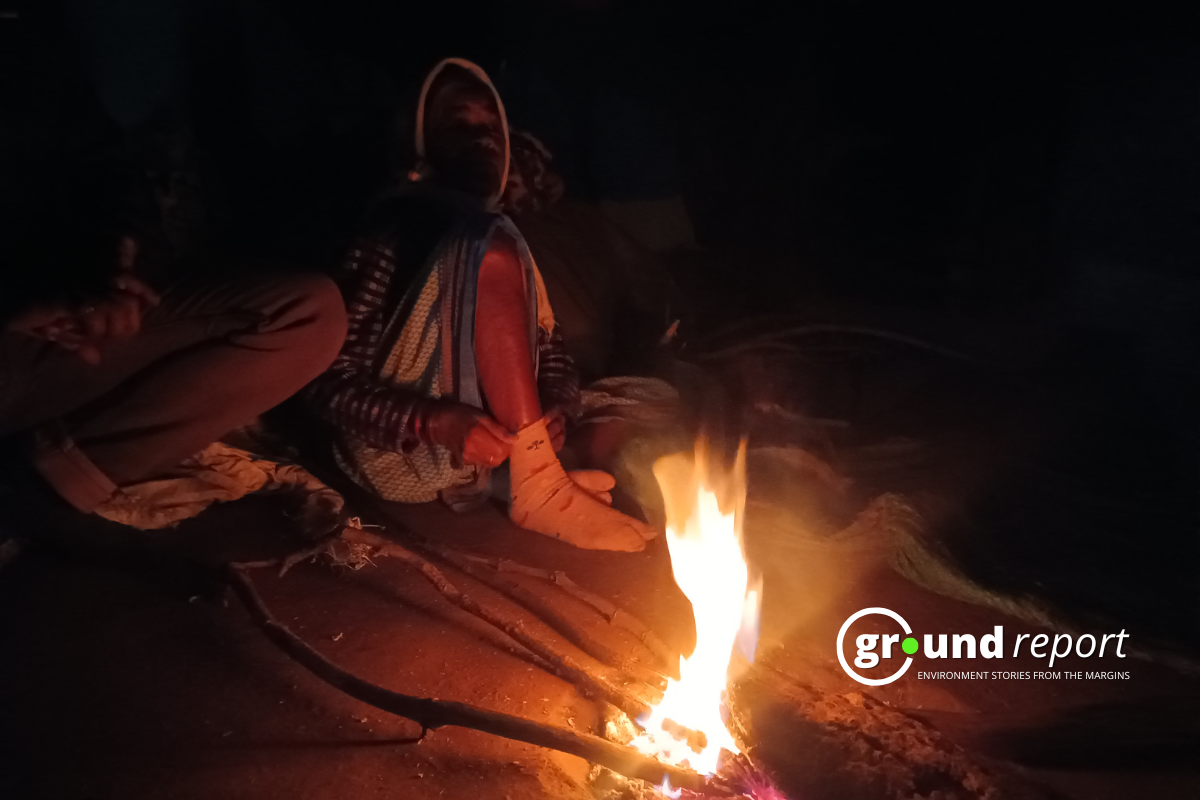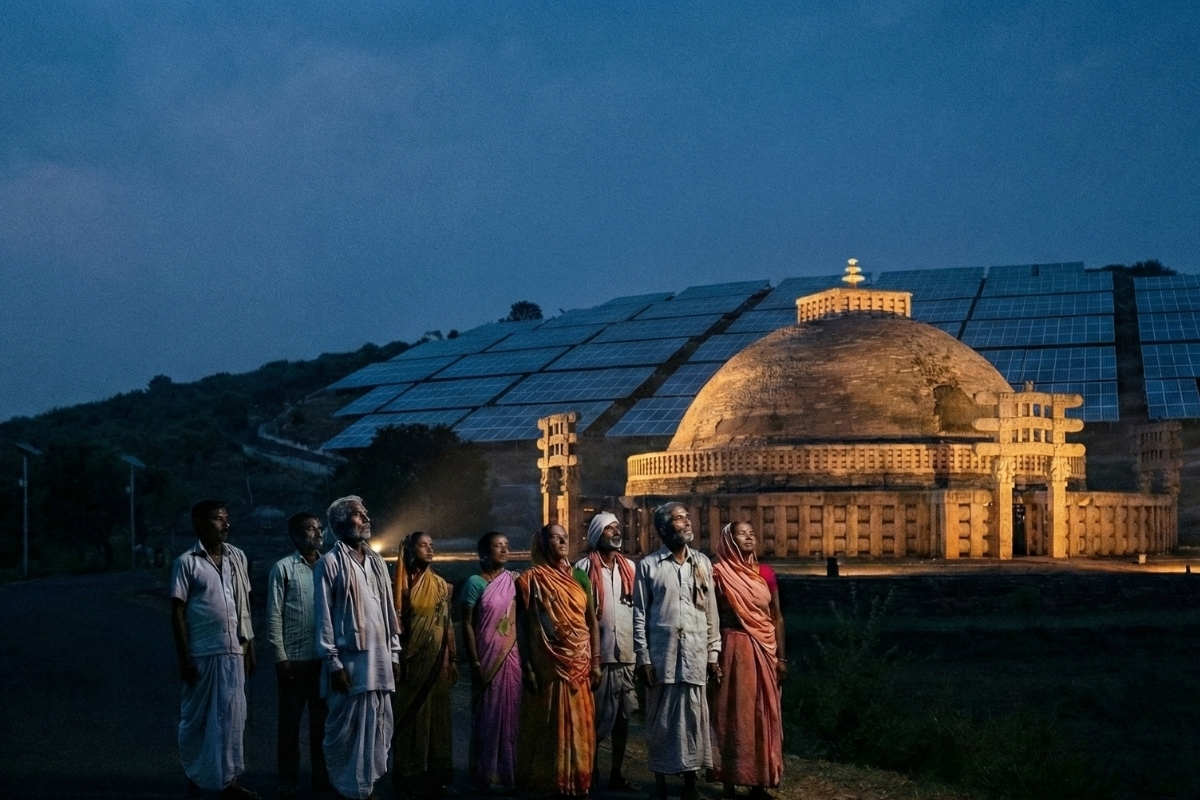A tsunami warning briefly shook Russia’s Kamchatka Peninsula on Sunday after a series of strong offshore earthquakes. The largest struck with a magnitude of 7.4, about 144 kilometres east of Petropavlovsk-Kamchatsky, a city with 180,000 residents.
The U.S. Geological Survey reported that the earthquake occurred at a depth of 20 kilometres. More than two dozen aftershocks followed, some stronger than magnitude 6.0. Seismic activity in the area continued throughout the day.
The Pacific Tsunami Warning Centre initially issued an alert, warning of the risk of hazardous waves. Russia’s Emergencies Ministry also urged coastal residents to stay away from the shore. Sirens sounded in several towns, prompting people to move inland as a precaution.
Forecasts predicted waves ranging from 15 to 40 centimetres along the Kamchatka coast. In the northern Aleutians, waves could have reached 60 centimetres. But no significant waves were detected, and the tsunami warning was lifted within two hours.
First time I’ve seen a genuine tsunami threat issued.
The Kamchatka, Russia earthquake happened yesterday but the tsunami threat is still posted.Update: The tsunami threat has passed.
The earthquake was fairly shallow at 10 km.
There have been multiple , strong aftershocks. pic.twitter.com/thn0tylJLb— Marcas Major- circa 1975 (@MajorCirca) July 20, 2025
There were no reports of injuries or damage. Authorities said evacuation was not necessary. Emergency crews remained on standby until seismic activity decreased.
A separate tsunami watch was issued for Hawaii, but it was also cancelled after no unusual changes in sea level were recorded.
Will there be minor waves in Hawaii?
The U.S. National Tsunami Warning Centre had issued a tsunami watch for Hawaii soon after the earthquake. It warned of possible sea level changes and strong currents along the coast.
Even though we expected waves to stay below 30 centimetres, they can still create dangerous conditions near shorelines. Coastal currents can strengthen, posing a threat to swimmers, surfers, and boaters.
No damaging waves were reported, and the watch was lifted after a few hours. Normal conditions returned quickly.
What Causes a Tsunami After an Earthquake?
A tsunami usually forms when an undersea earthquake moves the ocean floor. This sudden shift pushes water and creates waves that spread across the ocean.
The earthquake must be shallow and happen under or near the sea. It also needs to involve vertical movement of the seabed. Thrust earthquakes, where one tectonic plate pushes over another, are most likely to cause this. Strike-slip quakes, which involve plates sliding past each other, rarely cause tsunamis.
Magnitude matters too. Quakes below 6.5 almost never trigger tsunamis. Between 6.5 and 7.5, small waves might occur, but serious damage is rare. Quakes from 7.6 to 7.8 can cause local tsunamis. Above 7.9, the risk rises sharply. These can cause destructive waves both nearby and far from the epicenter.
A magnitude 9 quake can even produce aftershocks strong enough to create more tsunamis. This pattern helps warning centers decide when to issue alerts.
What we know about Kamchatka’s risk zone
The Kamchatka Peninsula is located on the Pacific Ring of Fire, an area known for frequent earthquakes and volcanic activity. The region sits along the boundary where the Pacific Plate moves beneath the Okhotsk Plate.
This tectonic collision zone regularly produces strong undersea quakes, which can lead to tsunamis. The risk depends on how much the seabed shifts and how deep the quake is.
Geophysicist Andrei Zubkov said the recent earthquake fit the usual pattern for the region.
“These types of quakes are expected here,” Zubkov explained. “What matters is the vertical movement of the seabed. In this case, it wasn’t enough to generate a destructive tsunami.”
Local authorities in Kamchatka have developed clear emergency response systems. People are taught to respond quickly to alerts, move to higher ground, and stay informed through official channels.
Which was last tsunami of significant impact?
The most recent major tsunami happened on January 15, 2022. It was caused not by an earthquake, but by the eruption of an underwater volcano near Tonga in the South Pacific. The Hunga Tonga–Hunga Haʻapai volcano erupted with intense force, creating tremors in the atmosphere and tsunami waves across the Pacific Ocean.
The eruption released energy equivalent to several hundred nuclear bombs. It sent massive waves in all directions, reaching coastlines as far away as Japan, Peru, and the United States.
In Peru, two people drowned, and several ports suffered damage. In Tonga, waves destroyed coastal homes, flooded communities, and knocked out communication lines. Many residents were forced to flee with little warning.
Hunga Tonga volcano in Jan 2022 “generated a trans-oceanic tsunami that reached all ocean basins, every continent’s shorelines, and over 40 countries thousands of miles away…the most intense atmospheric explosion ever recorded…”@jchilders98 https://t.co/ir5JqWXAmY pic.twitter.com/drCqvS0Ypx
— Lori Weintz (@LoriWeintz) July 17, 2025
Unlike most tsunamis caused by earthquakes, this one showed how volcanic eruptions can also trigger large-scale sea disturbances. Because the eruption created a circular blast, it sent waves in all directions instead of just along a single path.
The Tonga tsunami also showed the importance of early warnings and global communication. Even distant eruptions can cause threats thousands of kilometres away. Authorities now aim to improve detection tools and warning times to prepare better for future events.
Support us to keep independent environmental journalism alive in India.
Keep Reading
Indore Startup Swaaha takes the lead in making Amarnath Yatra eco-friendly
Amarnath Yatra: Tackling rising death toll from extreme weather events
Amarnath yatra pilgrims urinating in Sindh river: A threat to environment
Stay connected with Ground Report for underreported environmental stories.
Follow us on X, Instagram, and Facebook; share your thoughts at greport2018@gmail.com; subscribe to our weekly newsletter for deep dives from the margins; join our WhatsApp community for real-time updates; and catch our video reports on YouTube.
Your support amplifies voices too often overlooked—thank you for being part of the movement.






